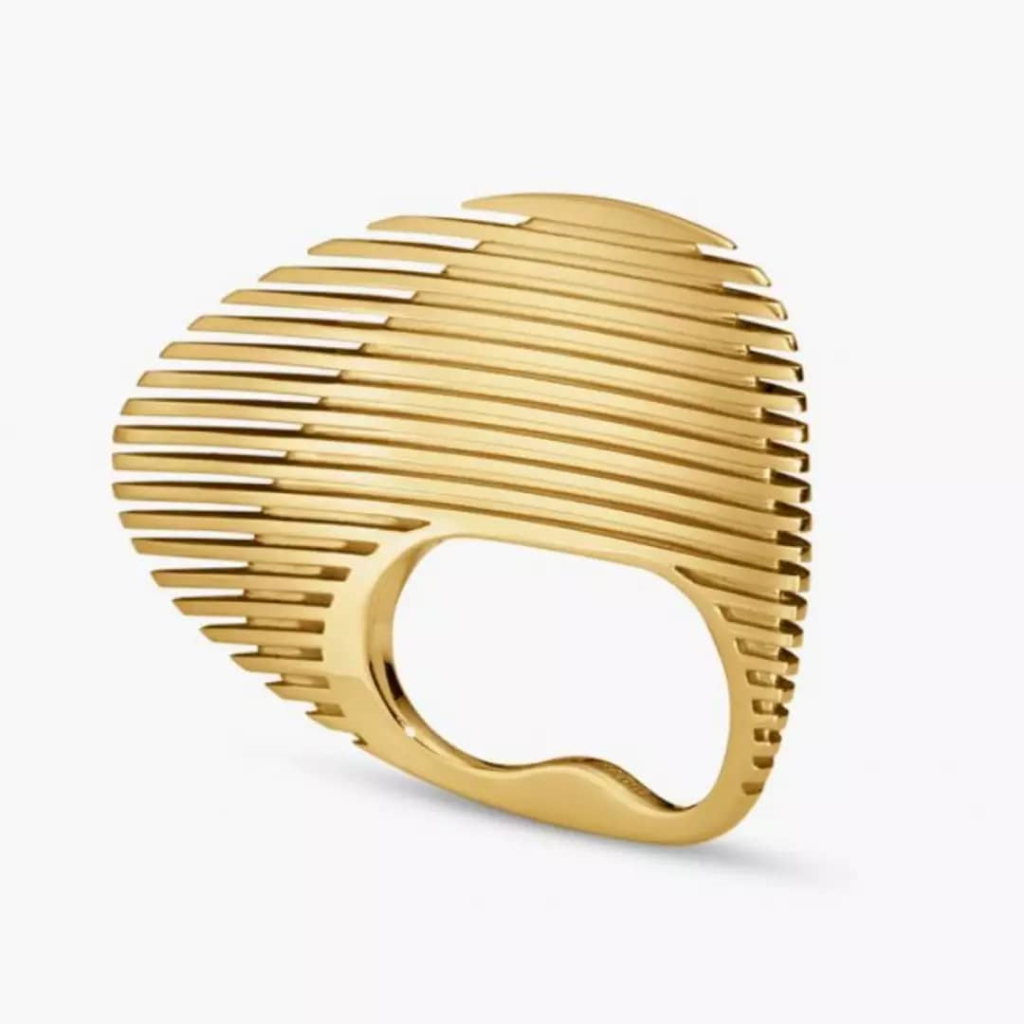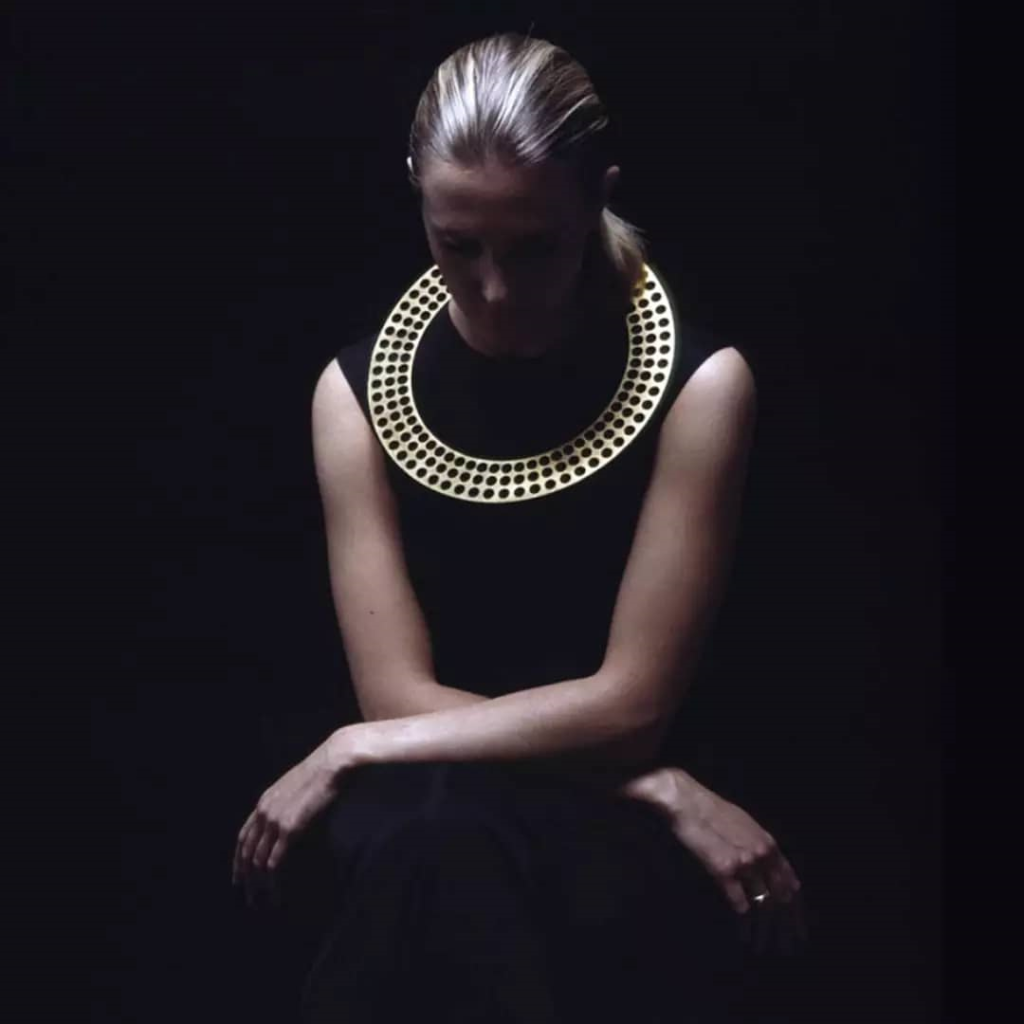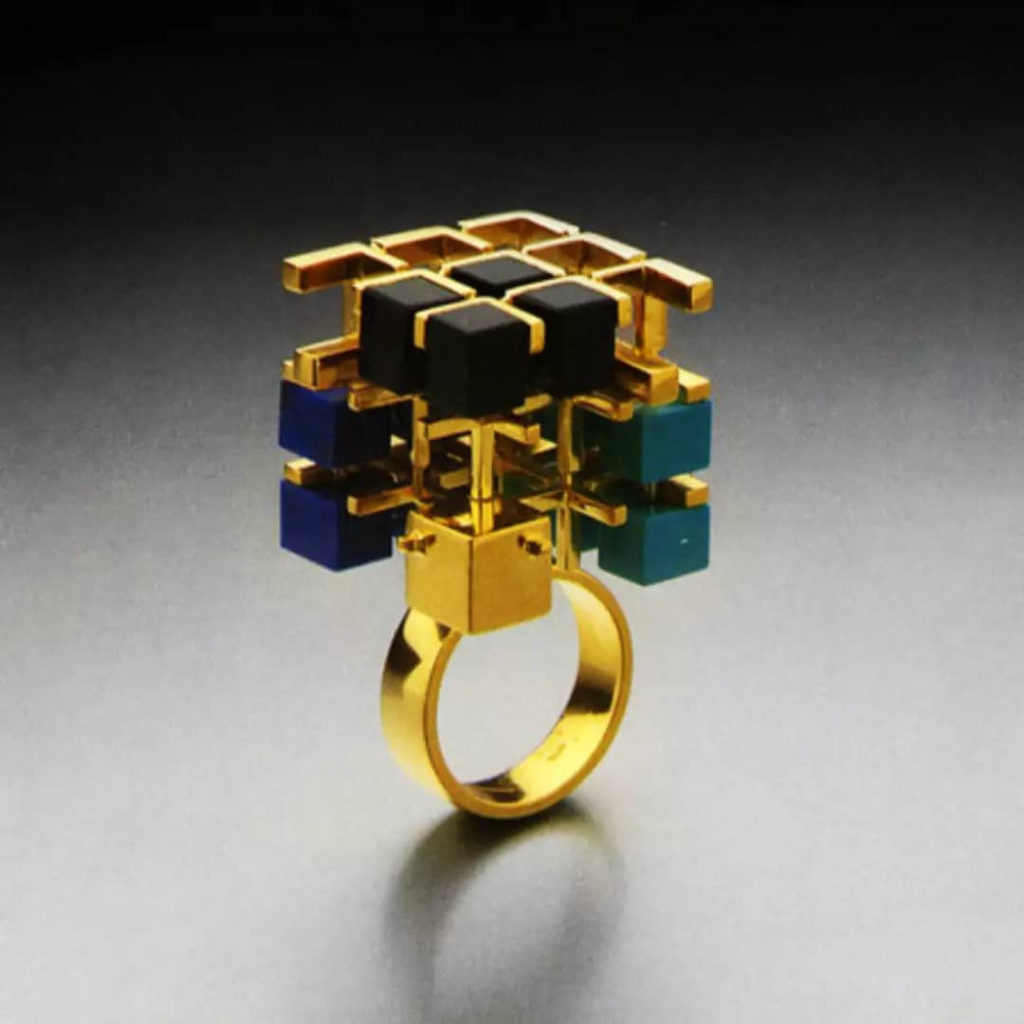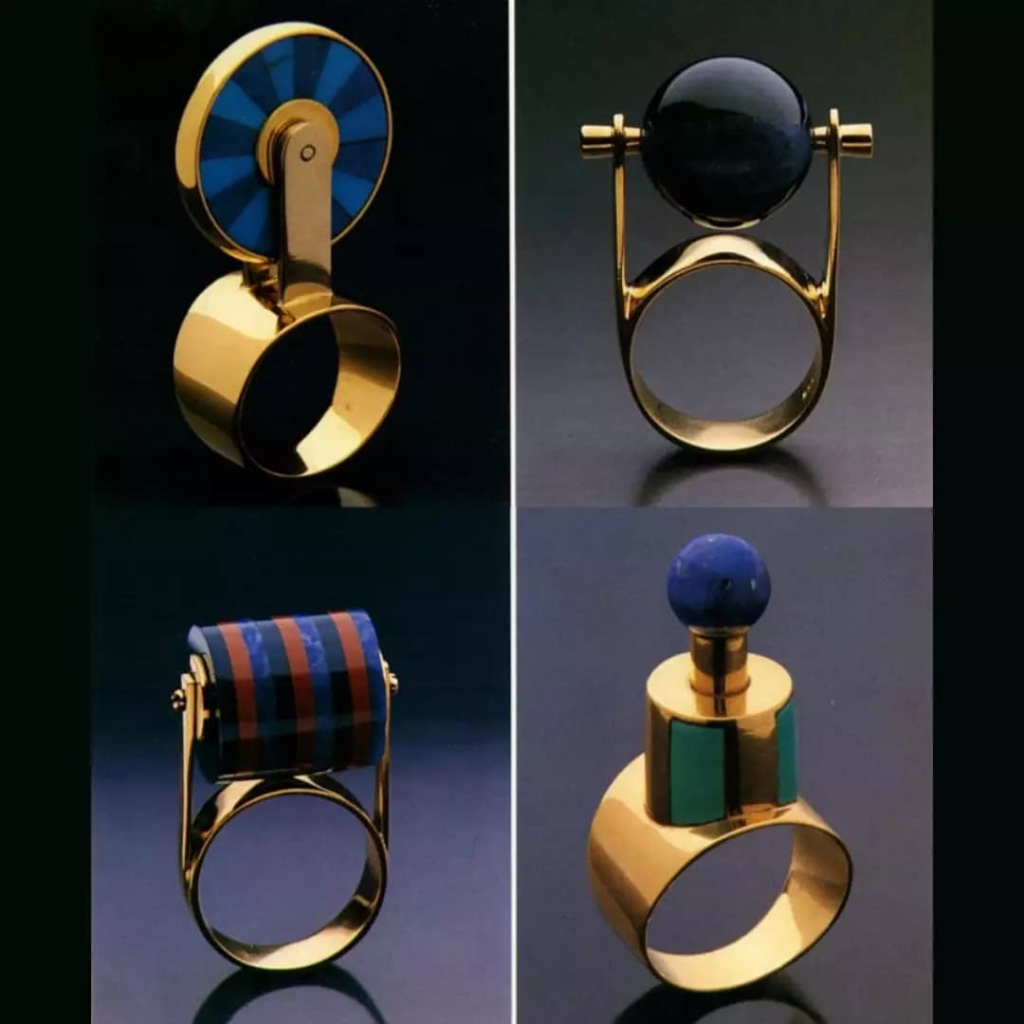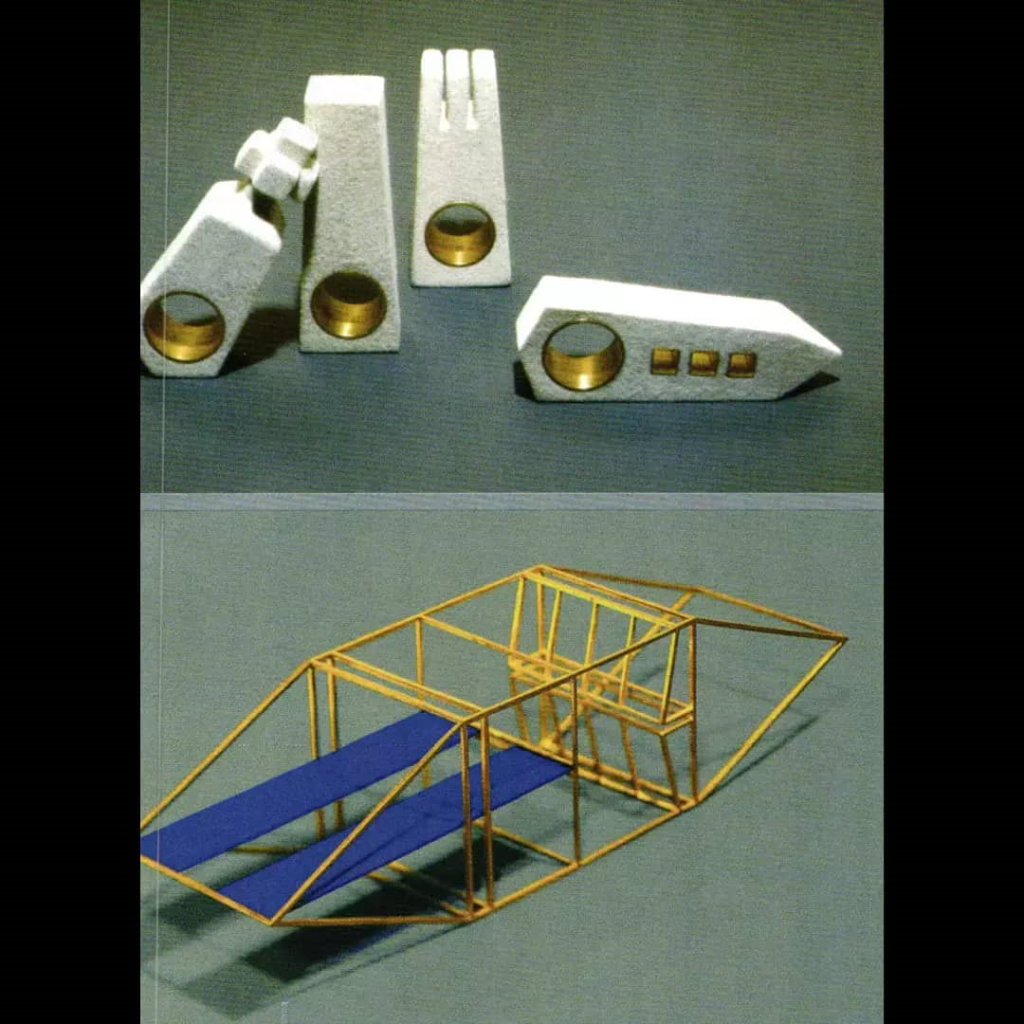The phrase architectonic, in addition to referring to architecture, means the creation of a work of art based on structure and composition. From this perspective, the purpose of architectonic design is not just resize architectural buildings to smaller dimensions than the actual size. One of the common approaches in jewelry design is to draw a building or architectural form smaller than the actual dimensions. In this approach, we usually face the same architectural artworks and the interference is minimal. It is like turning the Eiffel Tower into a jewel with its own special form. But in architectural terms, the goal is not imitation and adaptation, but we are dealing with an author designer who borrows structure and composition from architecture and makes it his own. But in architectonic terms, the goal is not imitation and adaptation, but we are dealing with an author designer who borrows structure and composition from architect and makes it his own. For example, the use of depth to convey a sense of design in three dimensions and not just in two dimensions or jewelry that has moving parts that the user can reconfigure,
